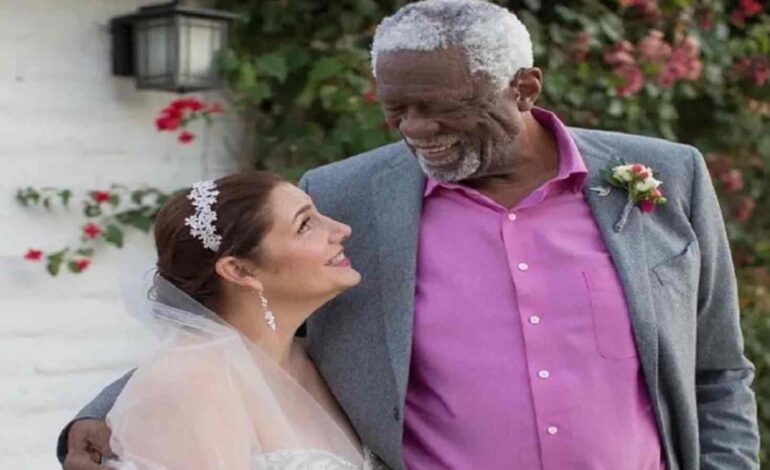
The Case Of Monkey Holding Box
The extraordinary skills and habits of the animal kingdom never cease to amaze us, and one particularly fascinating event is seeing a monkey holding box. What possible meaning may this strange behavior have? Does it reveal an interesting aspect of animal intelligence, or is it just a random occurrence?
The fascinating world of monkeys and their capacity for holding boxes will be explored in this blog as we look into the science underlying their behavior and what it reveals about their cognitive capacities.
An Introduction to Our Primate Friends, Monkeying Around
Monkeys, which are frequently the closest living relatives of us, have long attracted our interest. They make interesting research subjects due to their entertaining behaviors, complex social systems, and extraordinary problem-solving skills. The act of a monkey carrying a box may appear little, yet it shows more than first appears.
Case of the Monkey Holding Box
Let’s sketch an image of what it looks like for a monkey to grasp a box before we go into the science underlying this behavior. Imagine a curious monkey holding a little box in its hands while sitting on a tree limb or the forest floor. It can be flipping the box, looking inside, or shaking it. This behavior could appear to be simple play, but researchers have shown that it goes far deeper than that.
Investigating Cognitive Skills
Highly intelligent animals include monkeys. They show abilities to solve problems, memory recall, and even a very basic level of self-awareness. These cognitive abilities are said to be shown by a monkey carrying a box.
Curiosity and Exploration
Like humans, monkeys are naturally curious creatures who like exploring new things. Holding a box gives kids the opportunity to investigate and comprehend their surroundings. They could be performing sensory exploration or attempting to determine whether there is food or whether it is something they can utilize.
Solving problems
If opening the box is difficult, this gives a chance for problem-solving. To reveal the box’s contents, monkeys may manipulate it in various ways, showcasing their flexibility and inventiveness.
Learning and Memory
Monkeys frequently draw on their prior knowledge and experiences when faced with unfamiliar items or circumstances. They may be able to adapt what they have already learned to a new situation by just holding a box.
Use of Tools and Innovation
The act of holding a box shows the monkey’s proficiency with implements. Tool usage is a hallmark of advanced intelligence in the animal kingdom. Monkeys have been seen using sticks and stones to split open nuts and remove termites from mounds. In this instance, the box may be seen as a tool that they can use to engage with their environment.
This tool usage exemplifies creativity and adaptability. It demonstrates how intelligent and adaptable monkeys are by showing how they can repurpose common materials for different purposes.
Societal Education and Play
Monkeys learn a lot because they are friendly creatures by observing and interacting with others in their groups. Holding a box may also be a way to learn and engage in social play. Younger, more inexperienced group members serve as models for younger monkeys as they learn.
The act of a monkey holding box might be a copy of another monkey’s behavior. The group must engage in this fun imitation to pass on information and abilities. By doing this, young monkeys may learn about their surroundings, including how to interact with things like boxes.
Behavior Variations
It’s important to remember that not every monkey behaves the same way when holding a box. Various monkey species interact with items, such as boxes, in various ways. For instance:
- It is well known that capuchin monkeys have exceptional tool usage and problem-solving skills. They could try to open it, manipulate it, or even use it as a tool to get food when holding a box.
- While holding a box, squirrel monkeys, on the other hand, could behave more playfully and exploratorily. They could explore it or toss it around just out of curiosity.
- A near relative of chimpanzees called a bonobo frequently uses things in a social setting. They could utilize a box as a prop in their social interactions, such as playing with others or showing it as part of their speech.
The Box as a Tool for Enrichment
Giving monkeys in captivity things like boxes, such as those seen in zoos or research institutions, can act as environmental enrichment. The emotional and physical health of caged animals depends on this enrichment.
A box may serve as a motivator and a focus for thought. It enables the exploration, problem-solving, and playtime that caged monkeys require for their well-being and happiness. Researchers and animal caregivers frequently use boxes to provide caged monkeys with a lively and interesting habitat.
Understanding Animal Intelligence: A Bigger Picture
A monkey holding box may appear like a silly or amusing sight, but it provides insight into these amazing animals’ thinking processes and behaviors. It highlights their intellectual curiosity, potential for social learning, and problem-solving abilities.
Monkey behavior, whether in the wild or captivity, may be studied and understood to learn more about the species and the larger field of animal intelligence. We obtain a greater knowledge of the complexity and variety of the natural world by recognizing and appreciating the mental abilities of our monkey cousins.
Conclusion
Keep this in mind the next time you see a picture or video of a monkey holding box: it’s not just a funny moment. It serves as a reminder of the fascinating world of animal behavior and a tribute to the sophisticated intelligence of these species. Whether they live in the wild or captivity, monkeys never stop surprising us with their skills and teach us new things about Earth’s complex and complicated fabric.






